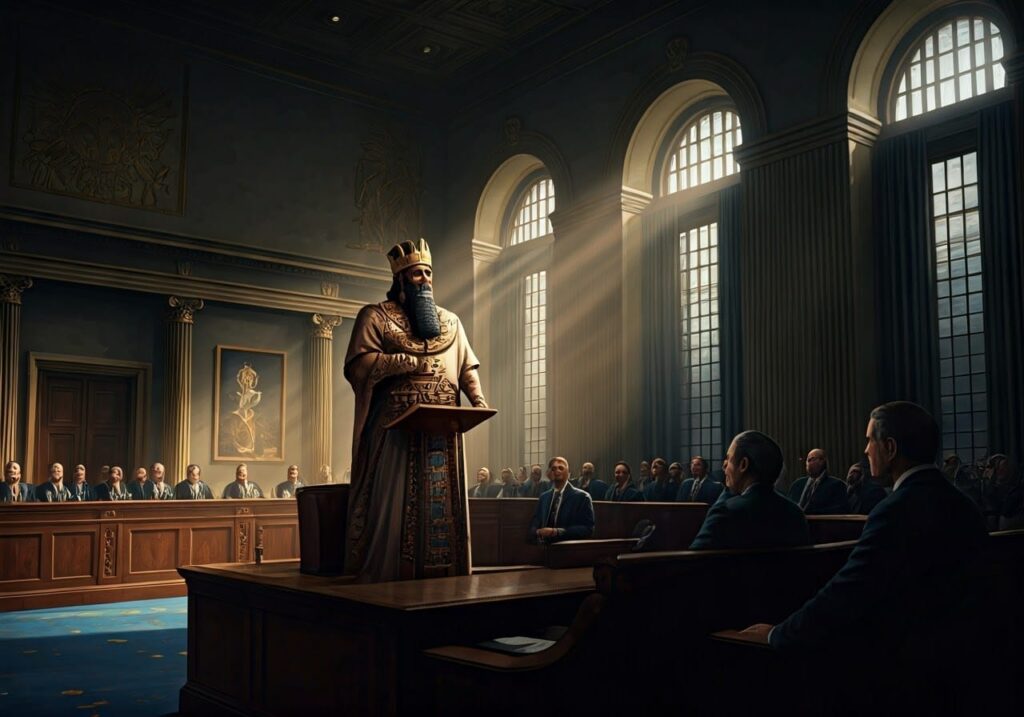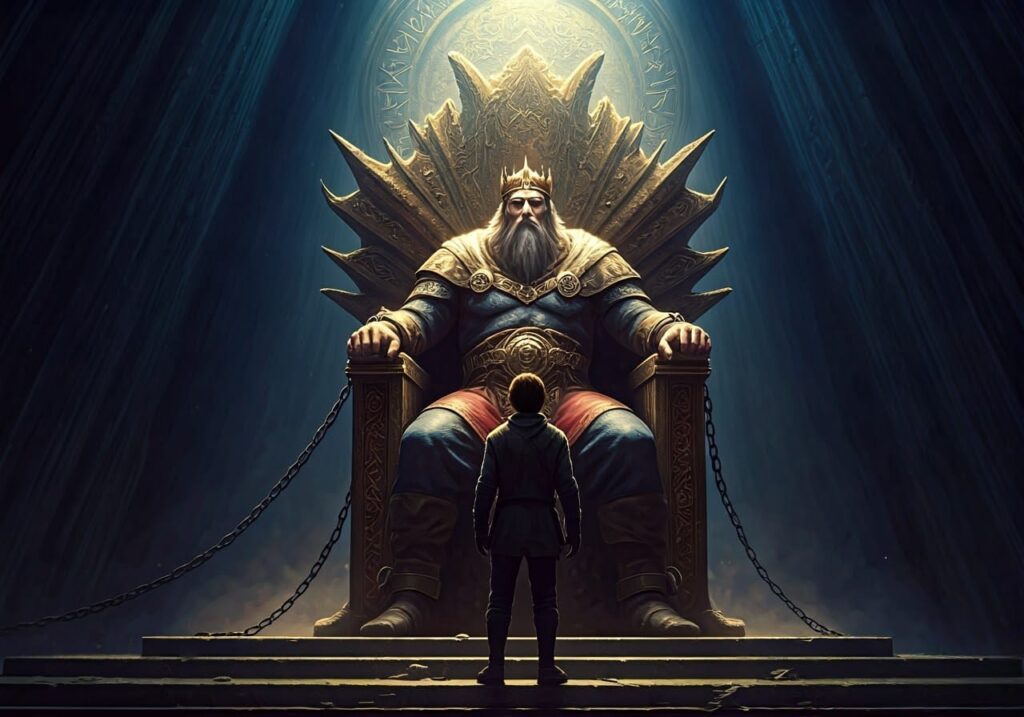
The Second Acceptance of alternative centrism is the acceptance that the Establishment Left is correct when they speak of the importance of freedom.
It may be true that no society can exist without order. Without freedom, however, life isn’t worth living. To exist without freedom is to exist in a state of slavery. It’s a humiliation that might well be worse than death. Countless works of popular culture place freedom at the centre: William Wallace fought for it in Braveheart, the American and South African national anthems proclaim the importance of it and books like Brave New World and 1984 evoke the horror of a world without it.
The Establishment Left isn’t so worried about order for order’s sake, as the Establishment Right is. Neither are they interested in some long-winded lecture about civilisation or immovable fences. They want fun, they want to party and they want to be free. They don’t want to be used as pawns in some feudal lord’s power games.
What concerns the Establishment Left is freedom for freedom’s sake. The American Revolutionaries are a good example of this kind of Establishment Left, as they rebelled against the Establishment Right in the form of the British Crown. For these revolutionaries, freedom and liberty were sufficient reasons to risk their lives against an extremely powerful authority.
The important thing for the Establishment Left is that people accept the importance of freedom, even if they don’t live up to it themselves. For people holding to this position, a lack of freedom is ugly. Excessive order is likened to suffocation and strangulation, impeding the natural flow of life. The Establishment Leftist will point to the workings of Nature and note that excessive order is quickly overcome and replaced with balance.
The Establishment Left, in asserting the Second Acceptance, implicitly makes the claim that they have the right to overthrow excessive order. This claim comes as an outrage to the Establishment Right, who believe that even unjust laws must still be obeyed. The tension between these two forces is what leads to the rise of the Establishment Centre and the Third Acceptance (see later chapters).

History records the development of many things, and one of those things is enslavement. The first enslavers were the Establishment Right, and the first slaves were everyone else. That seemed to be a natural state of affairs as long as the enslavers were stronger than the enslaved. But Nature abhors stasis as much as a vacuum. The enslavers can never maintain their position indefinitely. Sooner or later, the enslaved will find themselves in a stronger position than their enslavers. And when the realisation of the truth of this dawns, the enslaved find themselves wanting freedom.
A very similar phenomenon occurs in chimpanzee troops when younger males overthrow tyrannical older ones. The older males naturally form an Establishment Right; having monopolised all the mating opportunities, they want to maintain the status quo (i.e. order) above everything else. The younger males are tyrannised by this order, which distributes all the reproductive resources to older males. So they get angry, rise up, and overthrow the existing rulers.
In the human animal, younger males generally start adult life with few to no resources. This is mostly accepted, as long as there is an established path to resources, e.g. through working hard and saving money. When this becomes impossible – perhaps because wages are too low, or housing too expensive – the younger males are pushed towards enslavement. A corruption-free Establishment Right will not enslave their own younger people, but corrupt ones will. When the slavery gets humiliating enough, anger rises, and with it rises the left (which is, at least initially, the Establishment Left).
The Establishment Left defaults to freedom on almost all issues.
Free speech is perhaps the single most important freedom issue of them all. In the dark old days of the Establishment Right, criticising the king meant death. Even criticising his government could be met with harsh reprisals. The George Orwell line “If liberty means anything at all, it means the right to tell people what they do not want to hear” sums up the Establishment Left attitude here.
The modern anti-free speech attitude coming from the left is because of the Alternative Left (see later chapters). This part of the left is more concerned with their very specific conceptions of justice, and don’t tolerate disagreement. They don’t care for natural expressions of exuberance, as the Establishment Left does.
This resolute support of freedom is why the Establishment Left believes in legal cannabis and other recreational alternatives to alcohol or spiritual sacraments. The Establishment Right is terrified of cannabis and psychedelics because both are deconditioning agents that facilitate free thought: it’s much more orderly if everyone is conditioned to think the same way. But the Establishment Left thinks – as it asserted strongly in the 1960s – that people ought to be free to explore their own minds and their own consciousness.
They have always been big supporters of LGBTQ rights for similar reasons. Even though a person might find LGBTQ activity disgusting, that person can still support it being legal on general freedom grounds.
The Second Acceptance evokes an anti-Chesterton’s Fence, asserting that everything should be legal unless there’s a clearly understood reason to make it illegal. This logic is often associated with the ideas of Enlightenment philosophers such as John Locke (who considered freedom a natural right inherent to all people), John Stuart Mill (whose “harm principle” suggested that people should be free to do what they like up until the point where it harms others) and Thomas Paine (who considered freedom the basis of a just society).
The Second Acceptance also asserts the Establishment Left has a point when they speak against conscription. Even if they don’t go as far as asserting anarcho-homicidalism, the Establishment Left belief is that people have the right to be free from getting used as cannon fodder in military adventures.
In all of these ways, the Establishment Left has clashed with the Establishment Right, particularly the religious part of it. The monarchy, and those it would send into battle, are closely analogous to the Establishment Right and the Establishment Left respectively (conscripted soldiers might not be part of the Establishment, but those who speak for them are).
Aside from legal freedoms, the Establishment Left is also concerned with fashion and fashions. They like to have the freedom to assert things that don’t matter, to be whimsical. They are horrified that Cromwell’s Roundheads banned singing and dancing, and that today’s Islamic State does the same.
The Establishment Left is, to a major extent, made up of those who are high agency but who were born into a low station. These are the ones who suffer most from excessive order, and are the ones who become resentful and revolutionary in the presence of it. The same high-thumos individuals who resist tyrannical chimpanzee chiefs also resist tyrannical kings and mobs.
There is a great deal of resentment in the Establishment Left’s insistence on freedom at all costs. This is their spiritual weakness. Other positions can see the focus on freedom as irresponsible, even childish. It has elements of a toddler asserting that his parents are not the boss of him. It’s for these reasons that the Establishment Left and its Second Acceptance are only accepted in modified form by the other positions.
The clash between the Establishment Right and the Establishment Left on the relative merits of order vs. freedom presages the Second Rejection, and the rise of the Establishment Centre.
*
This chapter is from The Alternative Centrist Manifesto, the book that offers the answers to the political problems of the West.






